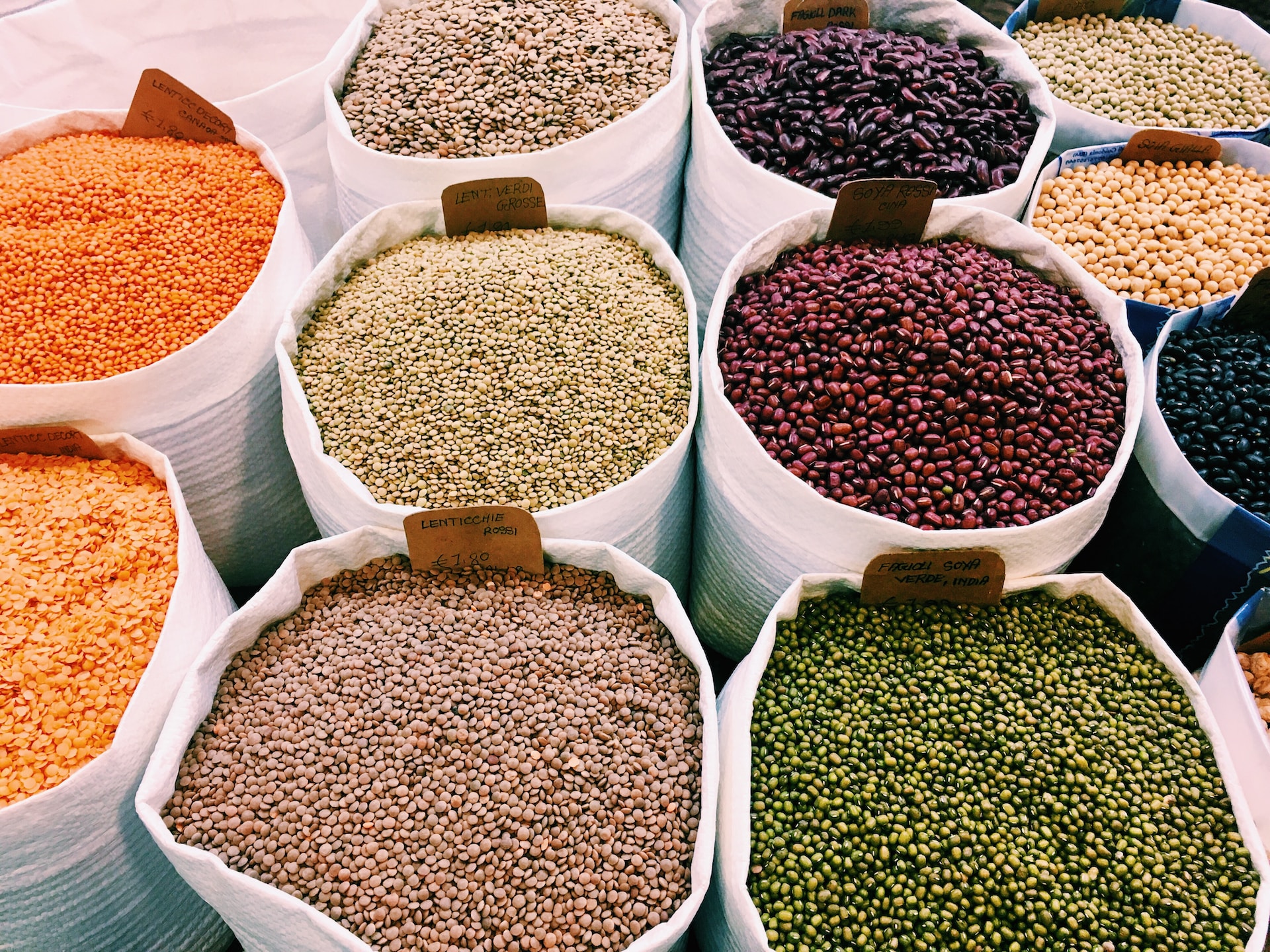Prioritising plant proteins in dietary advice: latest evidence
Dietitian Connection x Dr Courtney Thompson, NPR Consulting
Supported by: Sanitarium and GLNC
How are health outcomes affected by dietary patterns high in plant proteins, and what are the implications for dietary guidelines? With the intake of protein foods under review in the Australian Dietary Guidelines, I explored the latest evidence on diets high in plant proteins and health outcomes across the lifespan. Plus, shared my top tips for dietitians to incorporate more plant power into the diets or their patients and clients.
To watch this webinar, click HERE.
But first, why plant proteins?
Research has shown plant-based proteins are rich in fibre, vitamins, minerals and antioxidants and lower in saturated fat and cholesterol which can support overall health and reduce risk of chronic disease such as cardiovascular disease and type 2 diabetes. This is important as 571,000 Australians over 18 years of age are living with CVD almost 1.2 million people are living with type II diabetes. In addition, HRQOL is significantly impaired by the presence of CVD and type II diabetes.
As such, plant proteins are a cost-effective, environmentally friendly and sustainable way to improve dietary patterns and outcomes in the Australian population.
What foods have the highest plant proteins?
Getting enough protein on a vegan diet is easy once you know what you’re looking for. From nut butter and seeds to legumes and beans, there are so many affordable, tasty and versatile high-protein vegan protein foods on offer.
Foods such as:
— Tempeh
— Tofu
— Edamame
— Kidney beans
— Butter beans
— Broad beans
— Lentils
— Chickpeas
Why priorities plant proteins?
Research has shown plant-based proteins are rich in fibre, vitamins, minerals and antioxidants and lower in saturated fat and cholesterol which can support overall health and reduce risk of chronic disease.
In the current climate (around cost of living, inflation) legumes and lentils are an affordable protein source, beneficial for those experiencing food insecurity. You can also bulk purchase when they are on sale due to their long shelf life – can include canned legumes, packet beans, flavoured tofu’s, frozen edamame.
Key barrier for people to add more legumes into their diet is that they are concerned about GI discomfort or they aren’t sure how to prepare them. So its important to introduce legumes slowly, and if they don’t know how to prepare them, its a key opportunity to provide some education about incorporating legumes into their family favourite meals – things like Bolognese and burgers are a great way to start.
How to include plant protein at breakfast, lunch & dinner:
Breakfast – Smoky baked beans on sourdough, wilted spinach and mushrooms. Chia budding loaded with berries, nuts and seeds. Breakfast burrito with brown rice, beans, onion, corn, guac and sour cream.
Lunch/Dinner – Mexican stuffed sweet potatoes. A tofu stir-fry or vegetables cooked in a broth. Lentil bolognese or you can swap a 50:50 split with mince and lentils to work it in slowly.
Dessert – Banana and walnut muffins, black bean brownies and muesli bars are all ways to incorporate plant-based proteins.
Want to learn more? Read our blog on Plant-powered proteins & health outcomes with Dietitian Connection. Supported by Sanitarium & GLNC.
Dr Courtney Stewart (RNutr, FHEA)
BNutrSc, BBiomedSc(Hons), PhDDirector, NPR Consulting
